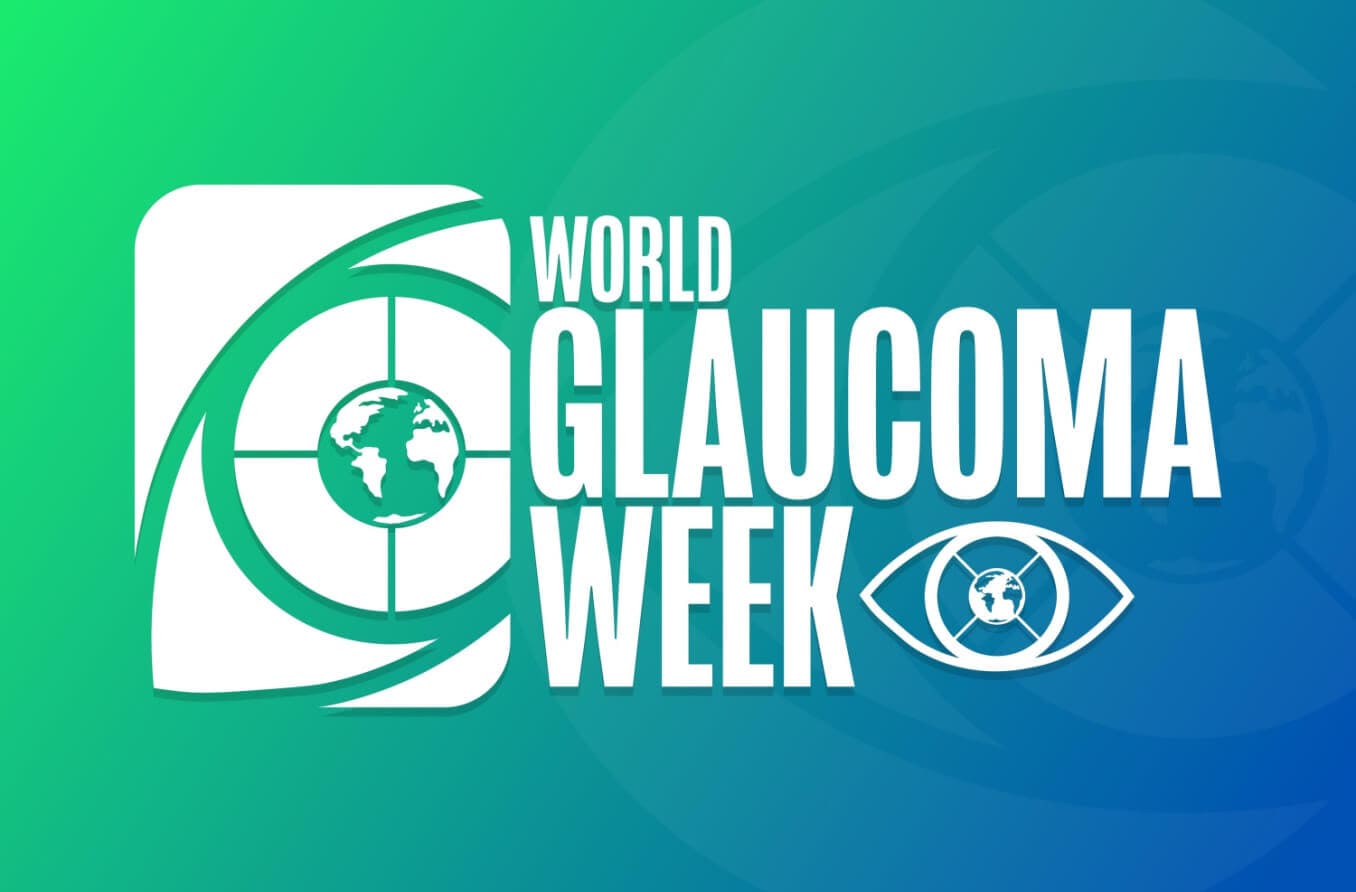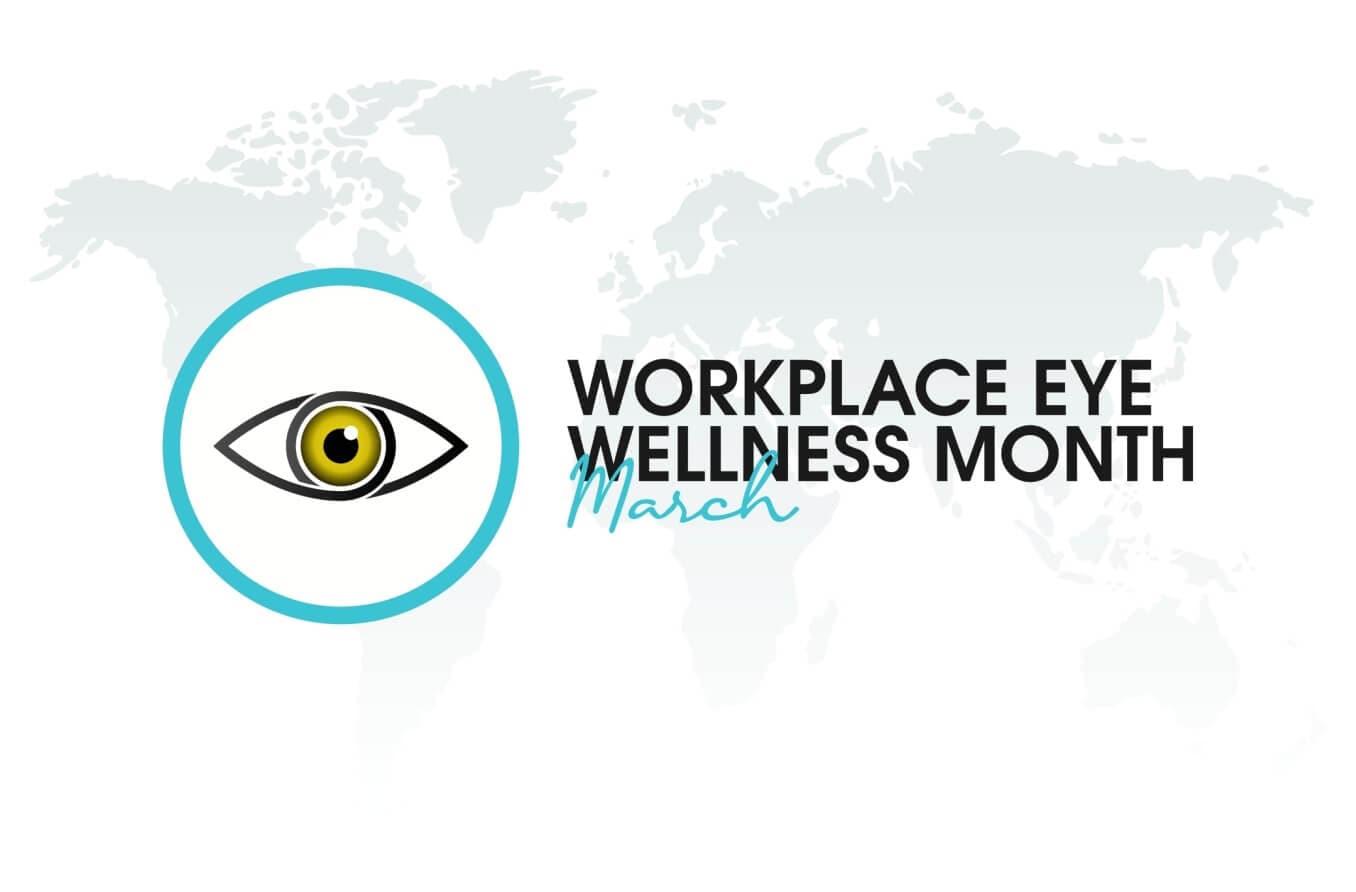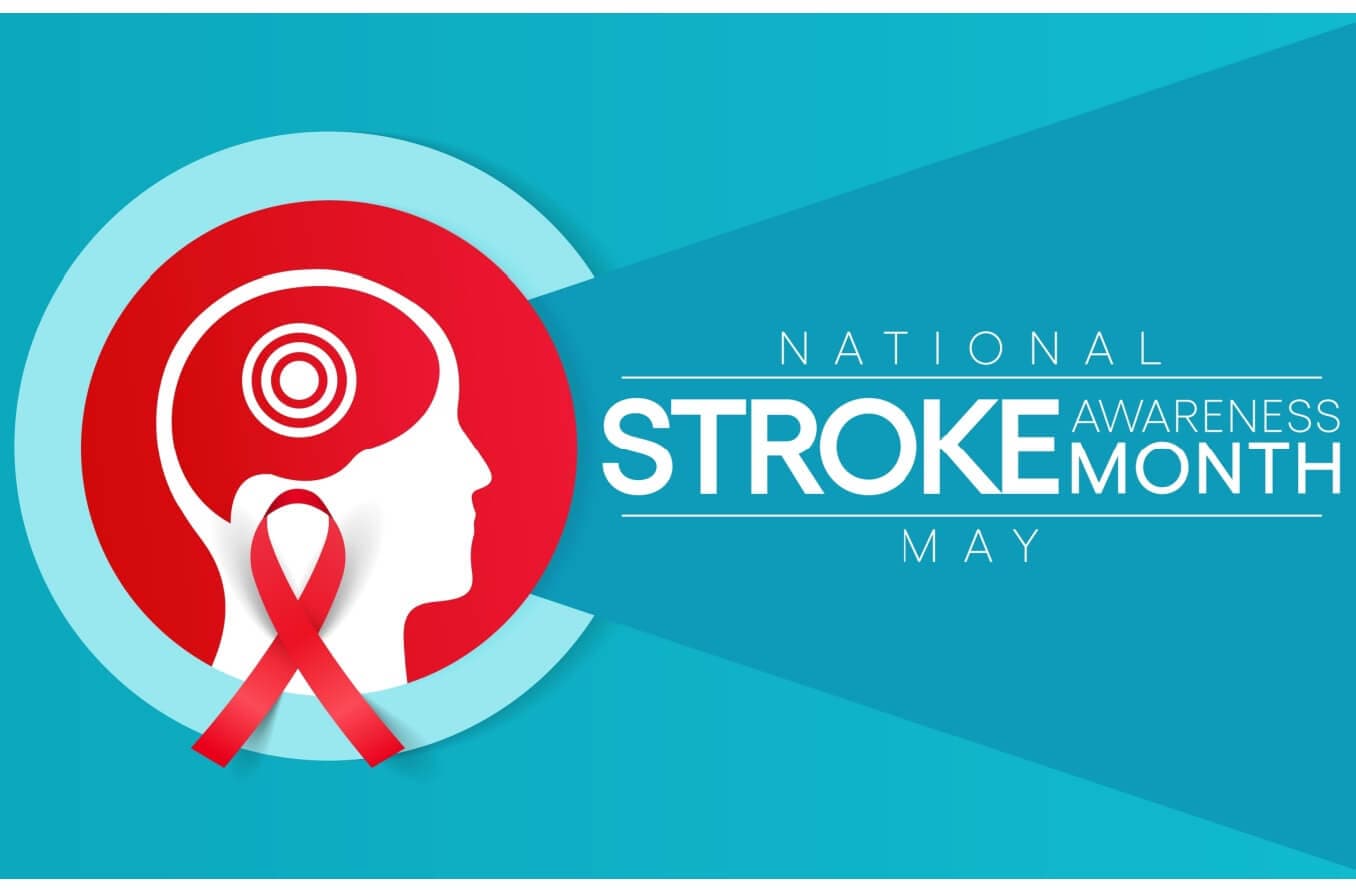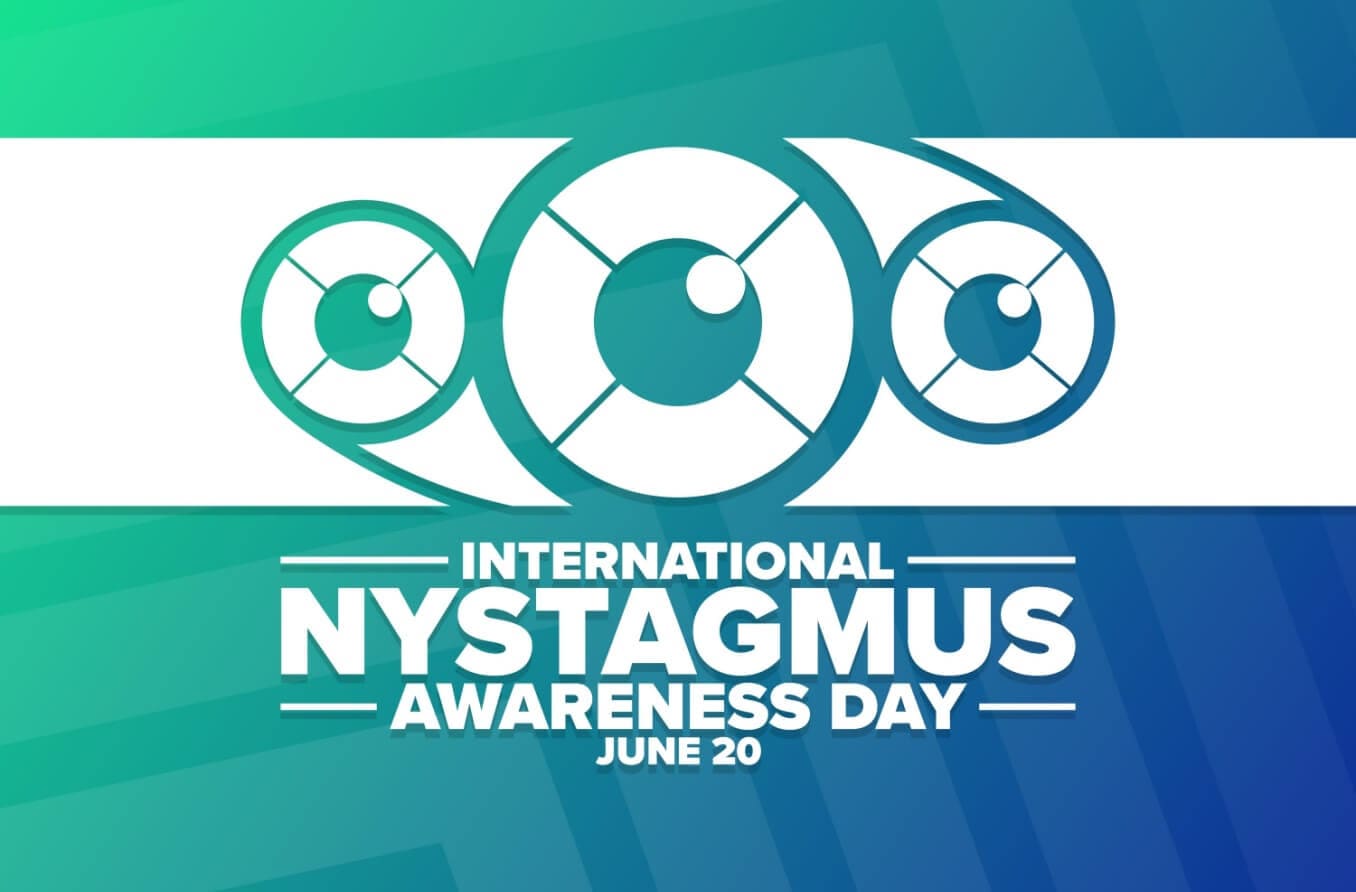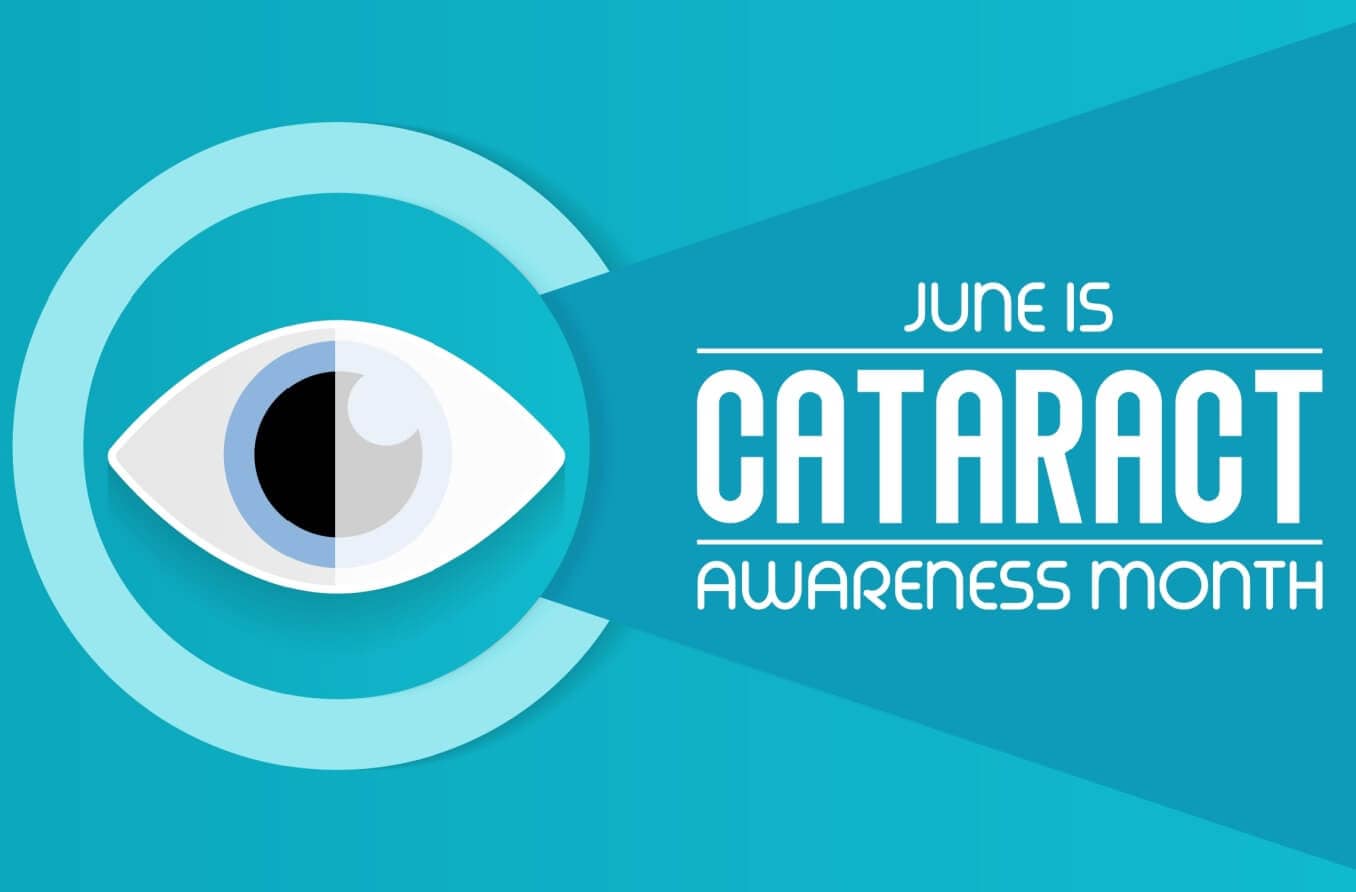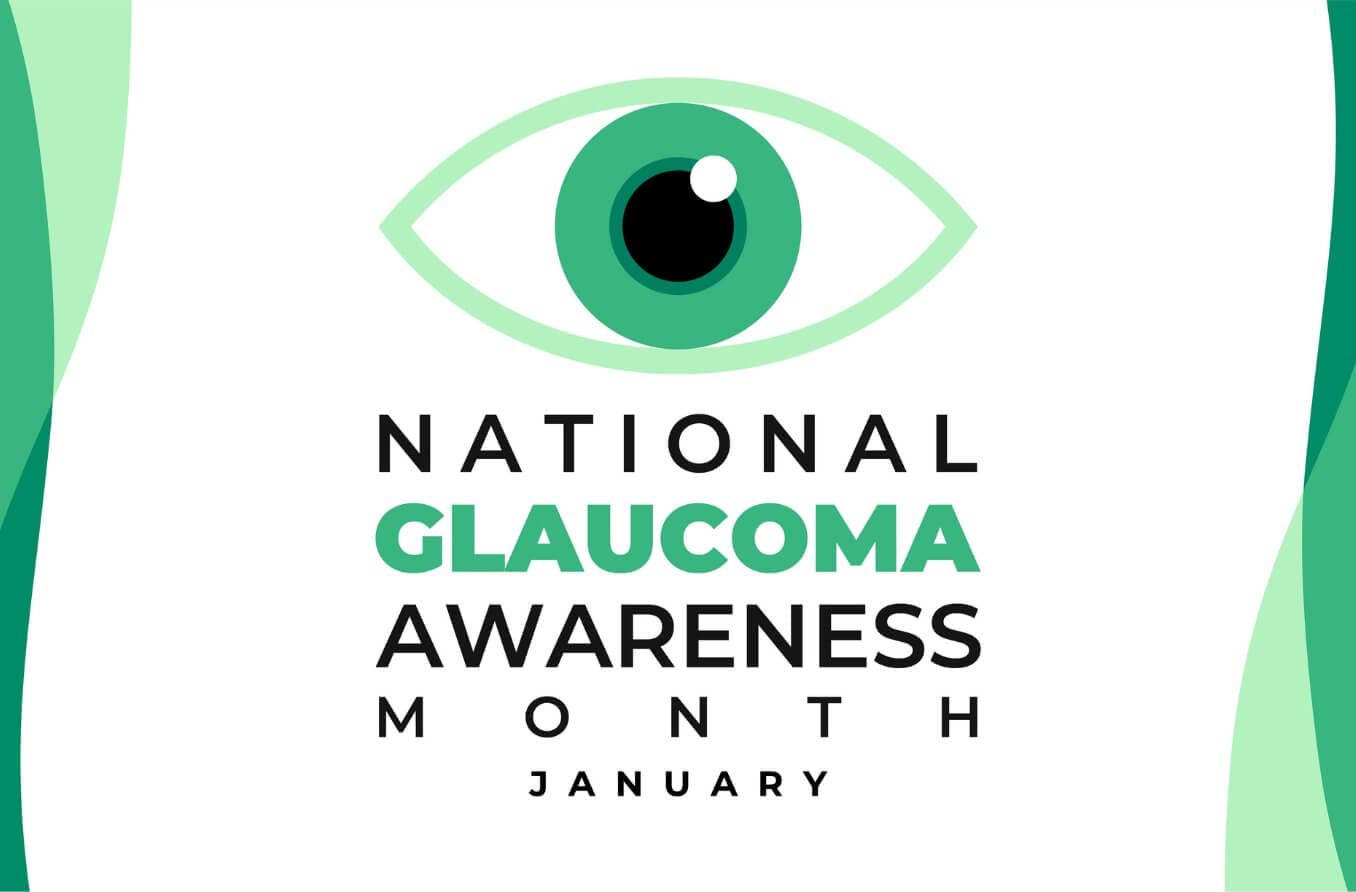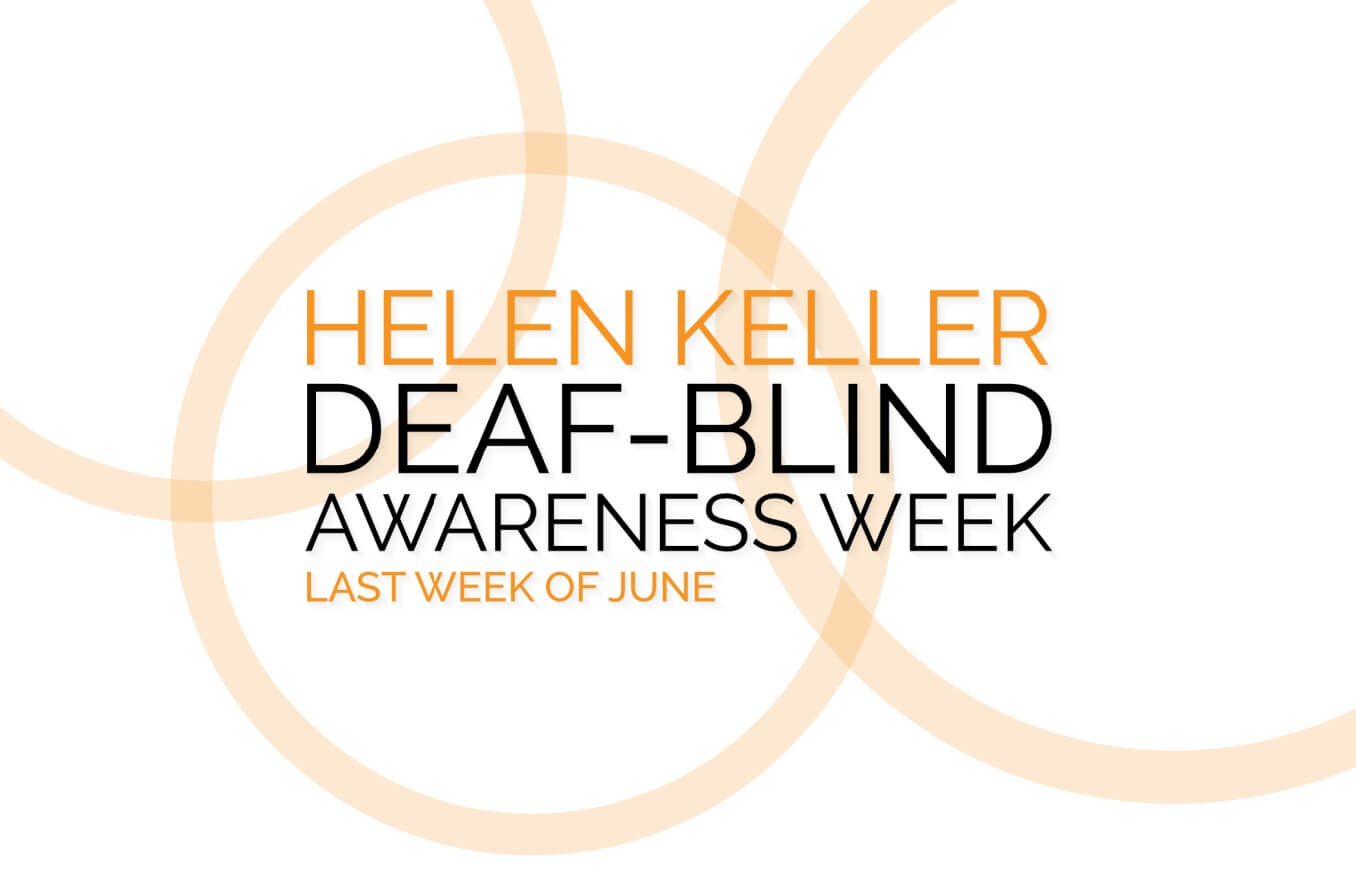What is ocular melanoma?
Ocular melanoma is a rare type of eye cancer that occurs when the melanocytes in the eye become cancerous. Melanocytes are the cells that produce melanin, the pigment that gives color to your eyes, skin and hair.
Although rare, ocular (or eye) melanoma is the most common type of eye cancer in adults. It occurs in 5 out of every 1 million adults under 50 each year. In adults over 50, the incidence increases to more than 20 cases per million each year.
Eye melanoma can develop in various parts of the eyes, such as over the white of the eye and around the eye socket. However, it usually develops in the eye's middle layer (the uvea), where it cannot be seen, and often has no early symptoms until the cancer has progressed. Also called uveal melanoma, it can be detected only during a dilated eye exam.
During Ocular Melanoma Awareness Month this May, learn about the causes and symptoms of ocular melanoma, and get strategies to reduce your risk. Then schedule a dilated eye exam and encourage your loved ones to do the same.
What causes ocular melanoma?
Eye melanoma occurs due to changes in the DNA of healthy melanocytes in the eye. These mutations influence the cells' ability to regulate growth. Unlike normal cells, mutated cells do not die off. These cells accumulate in the eye, resulting in cancer. While there are several known risk factors for developing eye melanoma, there is no known cause.
When most people think of melanoma, they think of skin cancer and the dangers of ultraviolet (UV) radiation from the sun and other sources. While melanocytes are affected in both types of cancer, ocular melanoma is a different disease than skin cancer.
It is well-known that excessive UV exposure is considered a leading cause, but it can’t explain all melanomas.
Scientists have yet to determine the exact impact of UV exposure on eye melanoma, though some studies have suggested it can increase a person’s risk of developing the disease.
What are the symptoms of ocular melanoma?
Increasing awareness during Ocular Melanoma Awareness Month is important because this cancer can occur without early symptoms. But if symptoms do occur, they may include one or more of the following:
The appearance of a dark spot on the iris, which may enlarge over time
Visible eye floaters or flashes of light
A change in the pupil's shape
A change in the way your eye looks or moves
A reduction of peripheral vision in one eye
Blurred or poor vision in one eye
Pain in or around the eye, although this is rare
Regular eye exams are the best way to catch ocular melanoma early. If you experience any of these symptoms, it does not necessarily indicate that you have this type or cancer or any other eye diseases. However, it is important to schedule an appointment with an eye doctor to identify the underlying cause of your issues.
Tips for reducing your risk
The exact cause of this cancer is still not fully understood, but certain factors may increase a person's risk of developing eye melanoma.
You may have a higher chance for developing certain types of cancers — particularly those affecting the skin or the eyes — if you have the following risk factors:
Fair skin or Caucasian descent
Light-colored eyes
Over 50 years old
Strong family history of cancer
Have certain inherited skin conditions, for example, those that cause abnormal moles
Have abnormal eyelid pigmentation or increased pigmentation of the middle layer of the eye (the uvea)
Tend to develop moles or freckles
Have one or more freckles in the eye
How to reduce your risk
There are some simple lifestyle changes you can make to reduce the risk of cancer, including skin cancer and certain types of eye cancer. You should:
Protect your eyes from the sun’s UV radiation by wearing sunglasses with 100% UVA-UVB lens protection (they may be labeled UV 400 )
Wear a wide-brimmed hat
Stop smoking (or don’t start!)
Limit your alcohol intake
Decrease your stress levels
Exercise regularly
Schedule a dilated eye exam this Ocular Melanoma Awareness Month
An important strategy for increasing awareness of this condition is to schedule a dilated eye exam in May and encourage your friends and family to do the same.
A Cure In Sight’s annual Eye Patch Days promote a unique way of doing this by encouraging people to wear an eye patch on designated days in May. Decorate and wear an eye patch on May 17, 18 or 19, 2024, and post pictures on social media. The patches can help start conversations about ocular melanoma and the importance of seeing your eye doctor regularly.
If you have any concerns about your risk for ocular melanoma or other eye conditions, you should consult your local eye doctor. They can perform a comprehensive eye exam, help assess your risk and teach you different ways to keep your eyes healthy.
READ NEXT: Primary acquired melanosis (PAM): Symptoms, causes and treatment




